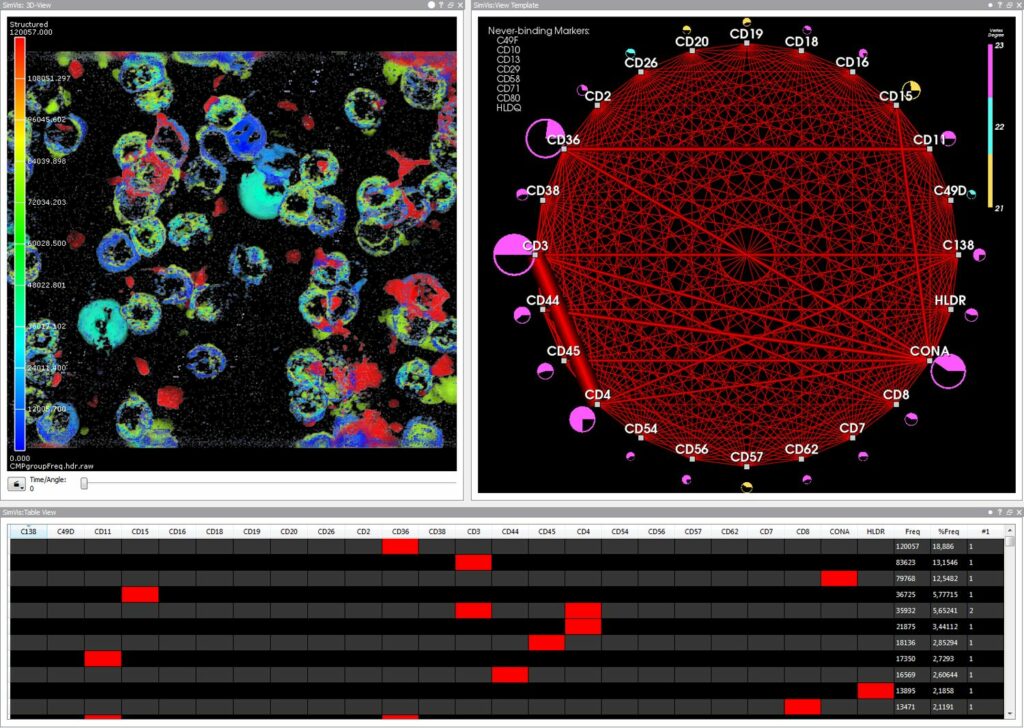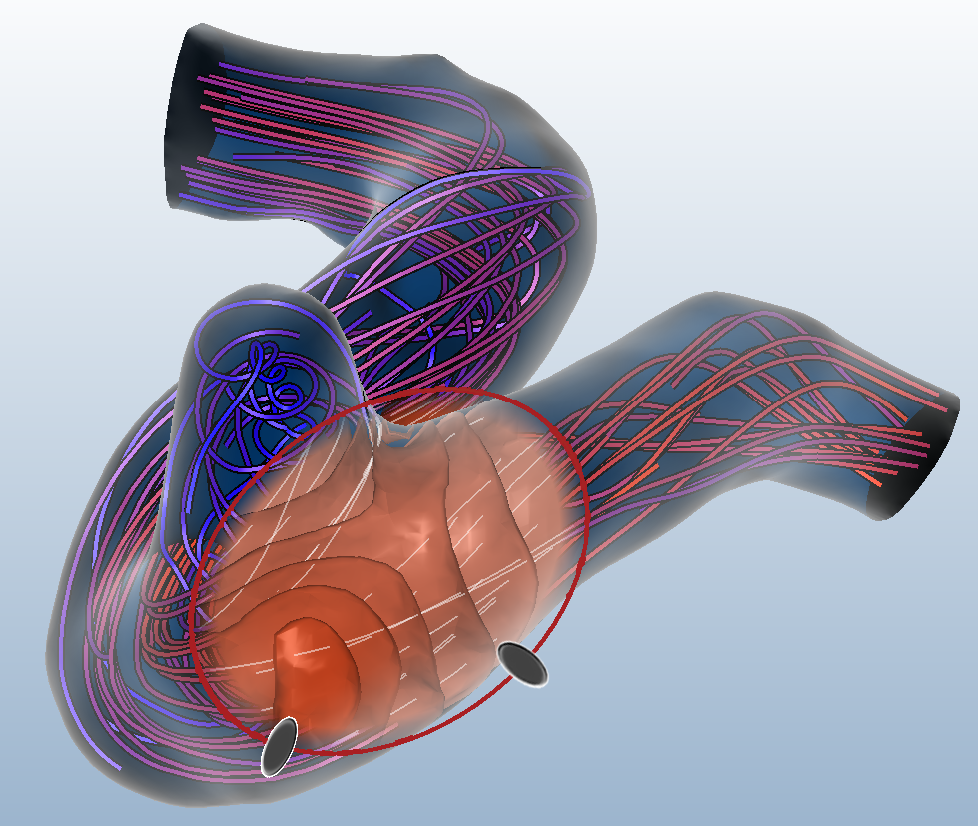Kolloquium Medizintechnik
 Prof. Thomas Flohr, Heads of CT Physics and Application Development SIEMES Healthcare Erlangen hält am 19. Juli um 15.30 Uhr im Geb. 09, Raum 211 im Rahmen des Kolloquiums Medizintechnik einen Vortrag zum Thema “Neue Entwicklungen in der CT-Technologie”.
Prof. Thomas Flohr, Heads of CT Physics and Application Development SIEMES Healthcare Erlangen hält am 19. Juli um 15.30 Uhr im Geb. 09, Raum 211 im Rahmen des Kolloquiums Medizintechnik einen Vortrag zum Thema “Neue Entwicklungen in der CT-Technologie”.
Abstract: Die Computertomographie hat sich seit ihrer klinischen Einführung im Jahre 1976 rasant entwickelt – sie ist heute das Ar-beitspferd in der Radiologie und aus dem klinischen Alltag nicht mehr wegzudenken. Mit modernen Computertomogra-phen können dreidimensionale Bilder der Anatomie des Patienten in wenigen Sekunden mit einer räumlichen Auflösung von 0.3 mm aufgenommen werden. Dieser Vortrag geht auf die Grundlagen und auf die Geschichte der Computertomographie ein – von den ersten Schädel-scannern bis zu modernen Mehrschicht-CT Geräten – und er gibt einen Einblick in neue Entwicklungen auf diesem Gebiet. Durch bessere zeitliche Auflösung aufgrund immer schnellerer Rotation wurden neue Anwendungsgebiete für die CT er-schlossen, wie die Untersuchung des Herzens und der Herzkranzgefäße. In vielen Fällen kann die Herz-CT heute den invasi-ven Herzkatheter ersetzen. Ein wesentlicher Entwicklungsschritt war hier die Einführung der Dual-Source CT Technologie im Jahre 2005. Eine zweite Entwicklungsrichtung betrifft die Ergänzung der anatomischen Bildinformationen um funktionelle Aussage-kraft. Mit neuen Untersuchungstechniken wie der CT-Perfusionsbildgebung oder der Dual Energy CT lässt sich z. B. bei modernen Krebstherapien durch die Visualisierung metabolischer Prozesse eine Prognose für das Therapieansprechen zeitnah abgeben. Die dritte große Stoßrichtung ist die Reduktion der Strahlendosis. Die Dosisbelastung ist zu einem großen öffentlichen Thema auch außerhalb der Medizin geworden, auf das alle Großgerätehersteller reagiert haben. Die Gefahr, langfristig ge-sundheitliche Schäden durch eine CT-Untersuchung davonzutragen, ist sehr gering. Wenn eine CT-Untersuchung medizi-nisch indiziert ist, übertrifft ihr Nutzen das mögliche Risiko bei weitem. Dennoch versuchen alle Hersteller, die Dosis mit verschiedenen Techniken so weit wie möglich zu reduzieren.
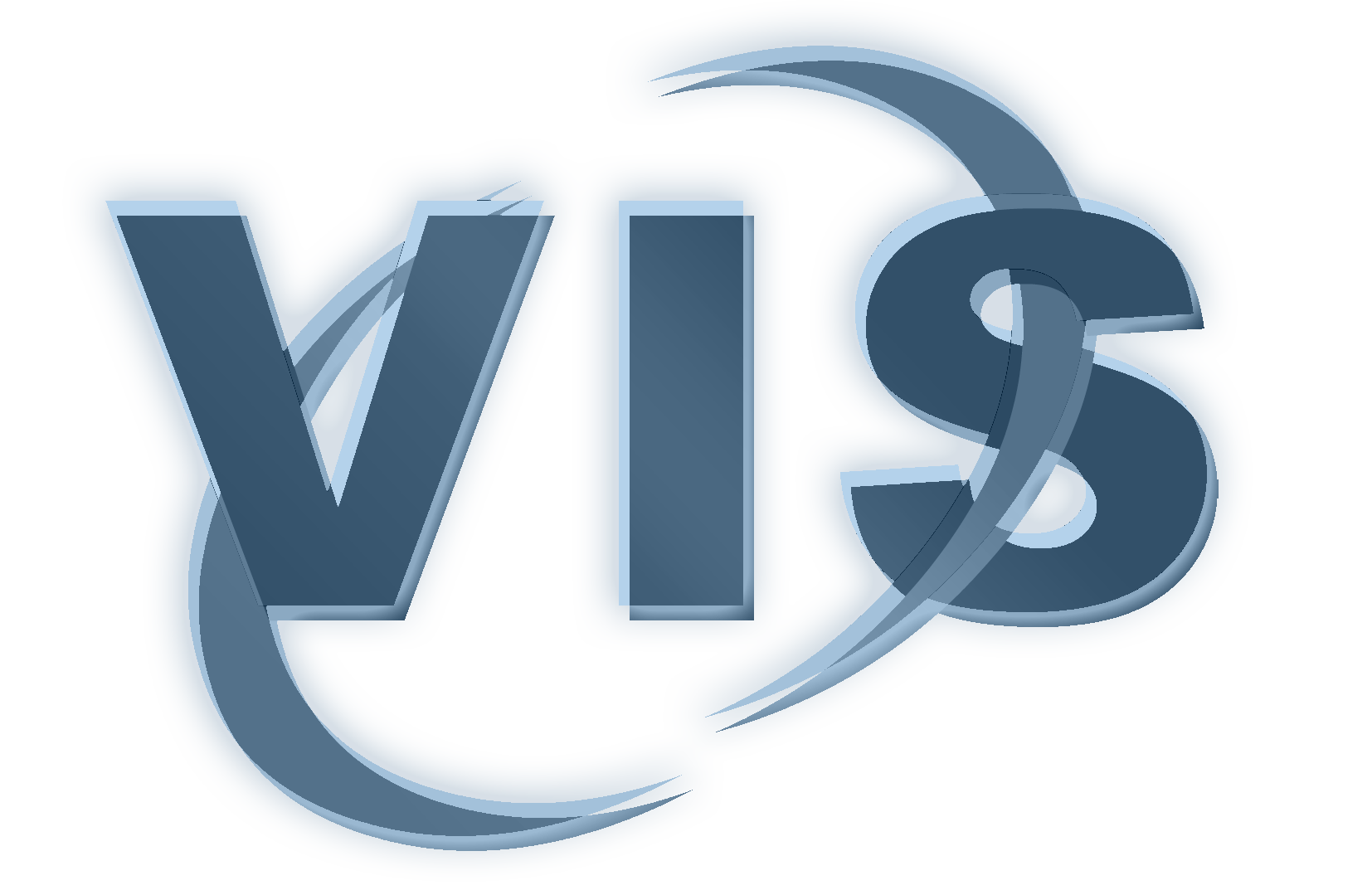
 In the course of the
In the course of the  Last week, we visited our dear fellow visualization researchers Roy van Pelt and Ralph Brecheisen, who successfully defended their PhD-theses in Eindhoven, Netherlands. Both presented their outstanding work in the fields of illustrative flow visualization (Real-time Illustrative Visualization of Cardiovascular Hemodynamics – Roy van Pelt) and DTI visualization (Visualization of Uncertainty in Fiber Tracking based on Diffusion Tensor Imaging – Ralph Brecheisen). We also witnessed the interesting formal procedure of defending a thesis in the Netherlands.
Last week, we visited our dear fellow visualization researchers Roy van Pelt and Ralph Brecheisen, who successfully defended their PhD-theses in Eindhoven, Netherlands. Both presented their outstanding work in the fields of illustrative flow visualization (Real-time Illustrative Visualization of Cardiovascular Hemodynamics – Roy van Pelt) and DTI visualization (Visualization of Uncertainty in Fiber Tracking based on Diffusion Tensor Imaging – Ralph Brecheisen). We also witnessed the interesting formal procedure of defending a thesis in the Netherlands. Vortrag im Rahmen des “User Interface Kolloquiums” am 31. Mai 2012 um 13.15 Uhr im Raum 29-301: Dr. Felix Ritter (Fraunhofer MEVIS Bremen): “Advancing the User Experience in Reading of Medical Images”
Vortrag im Rahmen des “User Interface Kolloquiums” am 31. Mai 2012 um 13.15 Uhr im Raum 29-301: Dr. Felix Ritter (Fraunhofer MEVIS Bremen): “Advancing the User Experience in Reading of Medical Images”  We are happy to have two guests this week. Charl Botha (TU Delft) came already last week and stays for five weeks as a guest professor. Charl looks at our projects and gives advice, he give a talk in the
We are happy to have two guests this week. Charl Botha (TU Delft) came already last week and stays for five weeks as a guest professor. Charl looks at our projects and gives advice, he give a talk in the 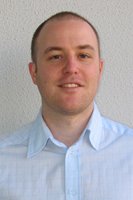 Peter Kohlmann, senior researcher from Fraunhofer MEVIS will visit us on Thursday, exchanging particularly with respect to perfusion data and blood flow data. Peter will give a talk in the
Peter Kohlmann, senior researcher from Fraunhofer MEVIS will visit us on Thursday, exchanging particularly with respect to perfusion data and blood flow data. Peter will give a talk in the 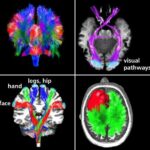
 The long and fruitful collaboration between the Visualization group and Fraunhofer MEVIS Bremen lead to another nice success. Benjamin Köhler, currently student assistant in our group, will be awarded with the BVM-Award from the German medical image processing society, acknowledging his extraordinary Bachelor thesis. The thesis was based on an internship at Fraunhofer MEVIS Bremen, supervised jointly by Dr. Jan Klein (Fraunhofer MEVIS) and Bernhard Preim. Ben’s work was integrated in the MEVIS activities on the reconstruction of HARDI data, a relatively new kind of data for analysing human white matter. Ben’s work was an extraordinarily deep analysis of fiber reconstruction with global optimization methods. The award will be presented at the BVM workshop where Ben will present the results of his current research on visualizing blood flow data and now may also report on his award-winning work.
The long and fruitful collaboration between the Visualization group and Fraunhofer MEVIS Bremen lead to another nice success. Benjamin Köhler, currently student assistant in our group, will be awarded with the BVM-Award from the German medical image processing society, acknowledging his extraordinary Bachelor thesis. The thesis was based on an internship at Fraunhofer MEVIS Bremen, supervised jointly by Dr. Jan Klein (Fraunhofer MEVIS) and Bernhard Preim. Ben’s work was integrated in the MEVIS activities on the reconstruction of HARDI data, a relatively new kind of data for analysing human white matter. Ben’s work was an extraordinarily deep analysis of fiber reconstruction with global optimization methods. The award will be presented at the BVM workshop where Ben will present the results of his current research on visualizing blood flow data and now may also report on his award-winning work.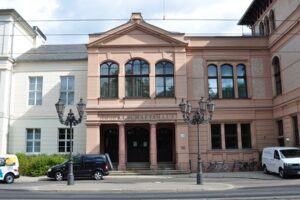
 Since October 10th, Paolo Angelelli is visiting the Visualization Group. Paolo is a Phd student in his final year from the
Since October 10th, Paolo Angelelli is visiting the Visualization Group. Paolo is a Phd student in his final year from the 